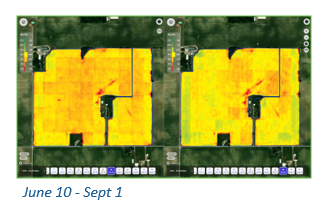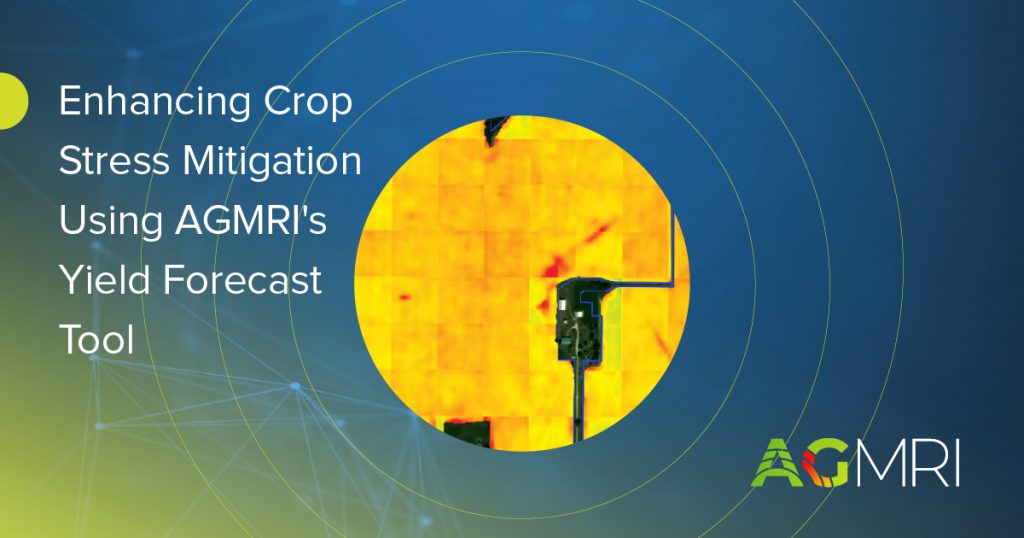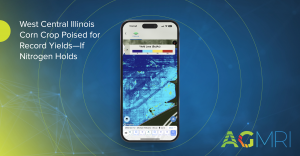Background
A central Indiana farmer has been using AGMRI for three consecutive years across all his acres. His farm primarily consists of corn and soybeans, and this season faced severe dry conditions. With the desire to explore stress mitigation products, he turned to AGMRI for in-season insights. The majority of his farm consists of Fincastle soil, which is prone to stress during dry periods.
Challenge
The main challenge this farmer faced was the need to mitigate stress in his crops due to the persistent dry climate in his area. The choice to apply stress mitigation products was based on the anticipation of stress, as there was not a specific issue at the time. The farmer’s concern was finding the right products for his acres, amidst a market flooded with options. He risked the potential significant yield loss.

Solution
AGMRI played a crucial role in addressing this farmer’s challenge. He was using AGMRI to follow crop health, rate of growth, log in field characteristics via the scouting tool, and perform yield comparisons at the end of season. The product in this trial offered flexibility in application methods so to suit his needs, the farmer opted to apply the stress mitigator with his fungicide pass. He decided to apply the stress mitigation product in combination with fungicide around July 20. By analyzing multiple map layers, the most valuable one being the Yield Forecast tool, he tracked the field’s performance for initial changes. The Yield Forecast feature provided clear evidence of yield differences within and outside the applied areas around July 24 and again around August 8. As a result, he predicted a positive yield increase in the application zone.
Results
Based on AGMRI’s Yield Forecast map, the farmer observed a potential yield increase of over 10 bushels in the applied zones. Encouraged by these findings, he plans to continue using AGMRI and intends to replicate the trial in the following season. His future plans include conducting year-over-year comparisons to assess the product’s ROI. Based on his experiences last season the farmer is now an advocate for late-season stress mitigation products, firmly believing in their effectiveness with the support of AGMRI.















